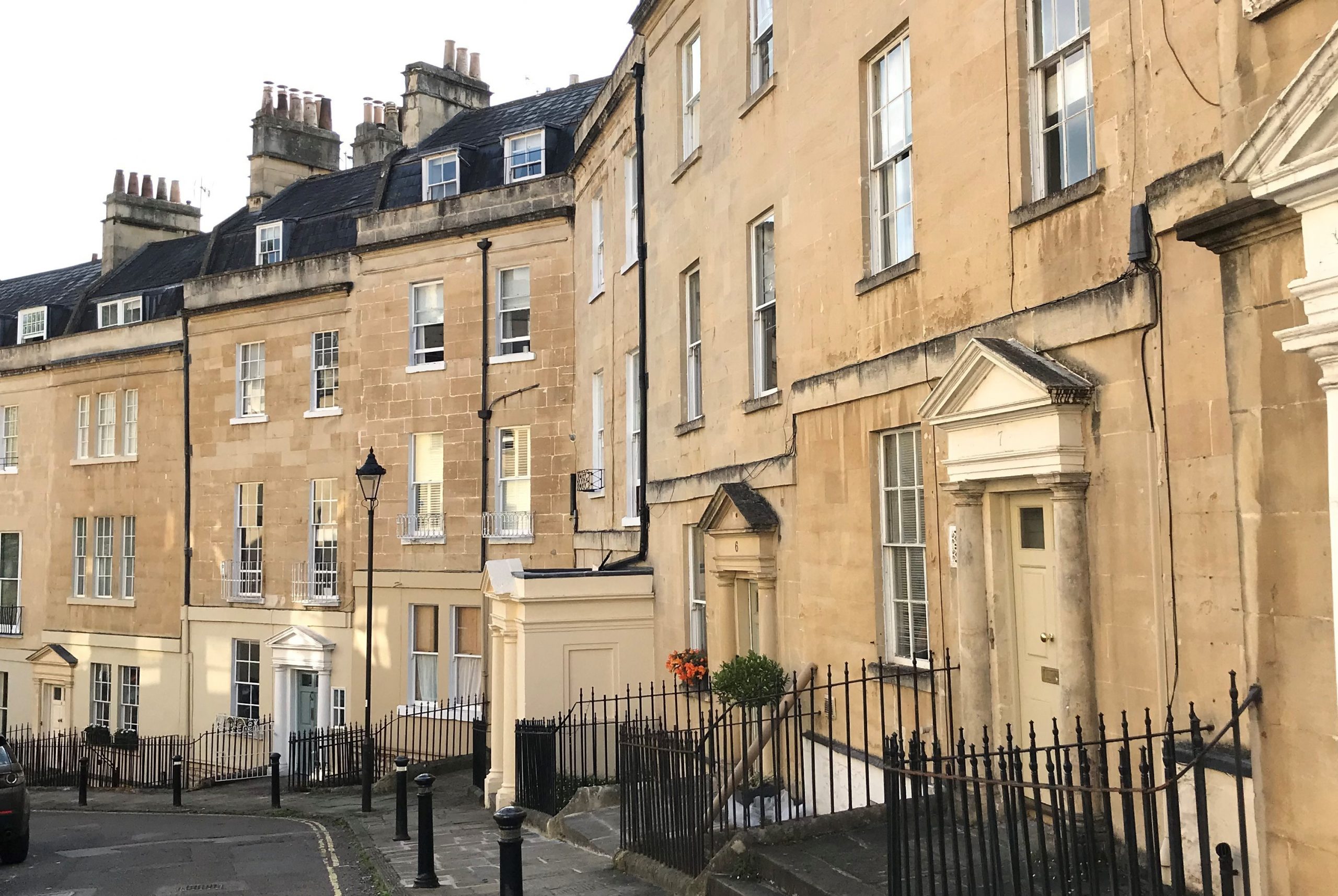Bath Preservation Trust (BPT) has created an online guide to low carbon living for residents of older homes. From using old blankets and duvets to improve loft and underfloor insulation, to harvesting rainwater for outside cleaning jobs, regularly bleeding radiators and adopting carbon cutting behaviours, the guide has plenty of ideas to help reduce energy waste and use in historic properties.
The guide is now available to download by clicking here.
With fourteen ‘Little and low cost’ suggestions and sixteen that have no cost at all, the guide also has a further six ideas to inspire Bath residents to reduce their own impact on the environment.
The digital leaflet also offers clear, practical advice for readers before embarking on any retrofitting measures in their home. These include understanding the fabric, heritage value and context of a building, minimising any potential harm to its historic character and ‘significance’ (IE: what’s special because of its age or design) and looking to see what grants and funds may be available to help with any retrofit costs.
Photographic examples of energy-saving measures that Bath residents have already fitted in their homes are also shown, including secondary glazing, window shutters and under-floorboard insulation.
Alex Sherman, CEO of Bath Preservation Trust says the organisation has created the e-leaflet in response to the global need to take urgent climate action: “Less than ten years ago, the flooding of the Somerset Levels showed us the ramifications of not planning ahead to manage and cope with climate change. Just recently, Storm Arwen again demonstrated that Atlantic winter storms are now a regular feature of Britain’s weather. So, such weather events along with long, hot and dry summers will inevitably have an impact on Bath’s own heritage, environment and future. BPT believes that the city’s traditional buildings and World Heritage Site landscape, in tandem with sustainable growth, can all help to reduce carbon emissions.
We believe that most residents in older, more traditional properties recognise they too have a duty of care with regard to carbon emissions. Installing energy efficiency technology can cut carbon, and cutting back on fossil fuel-derived energy use can make a positive contribution to combatting climate change, in terms of significant carbon and running-cost reductions and warmer living conditions.”


